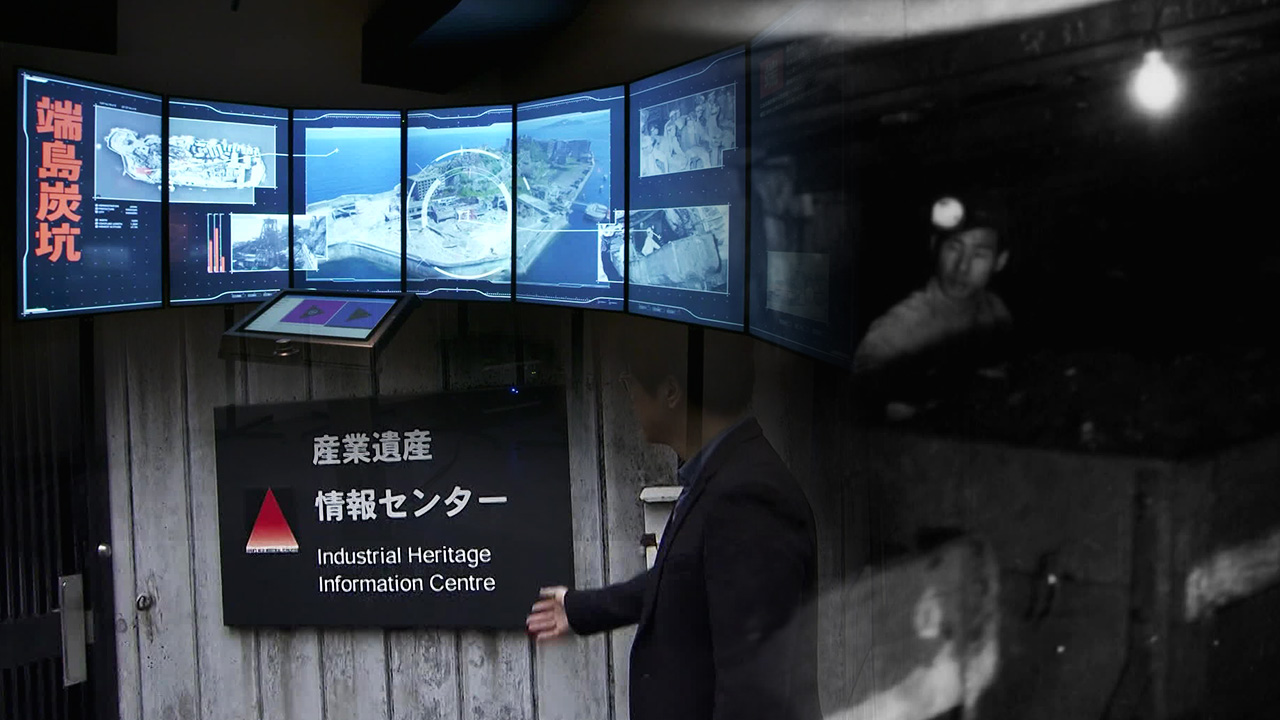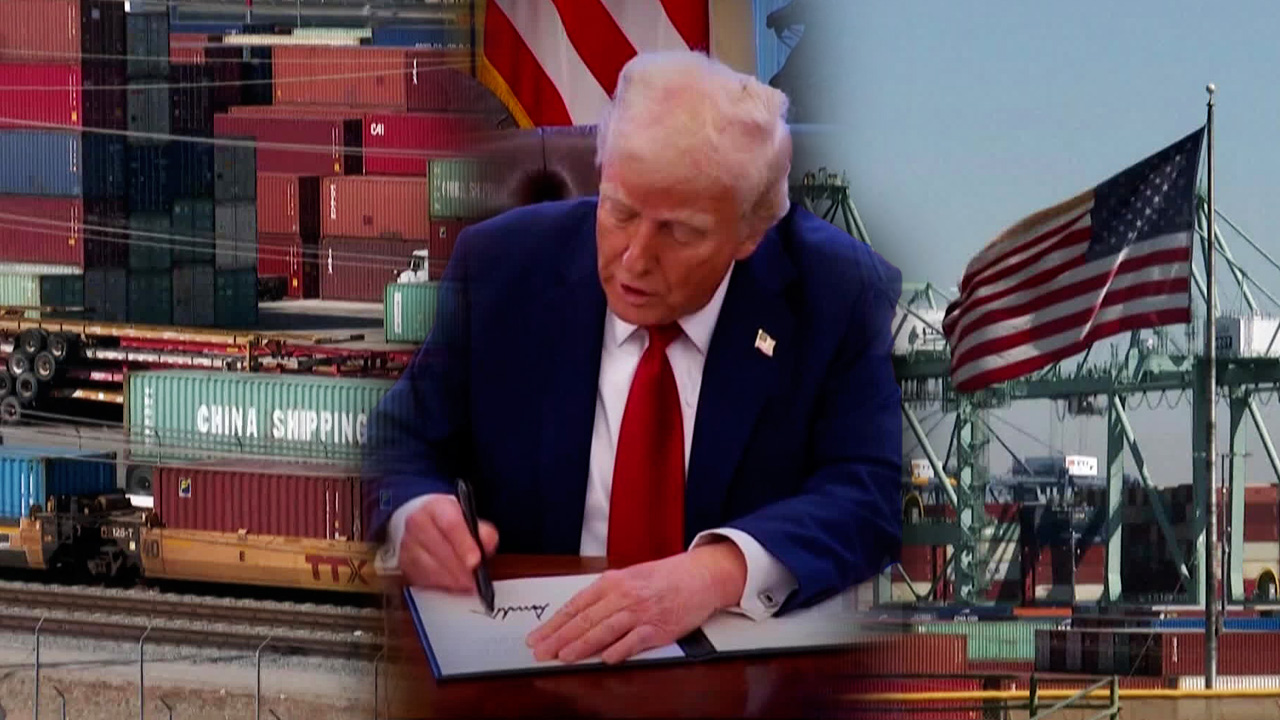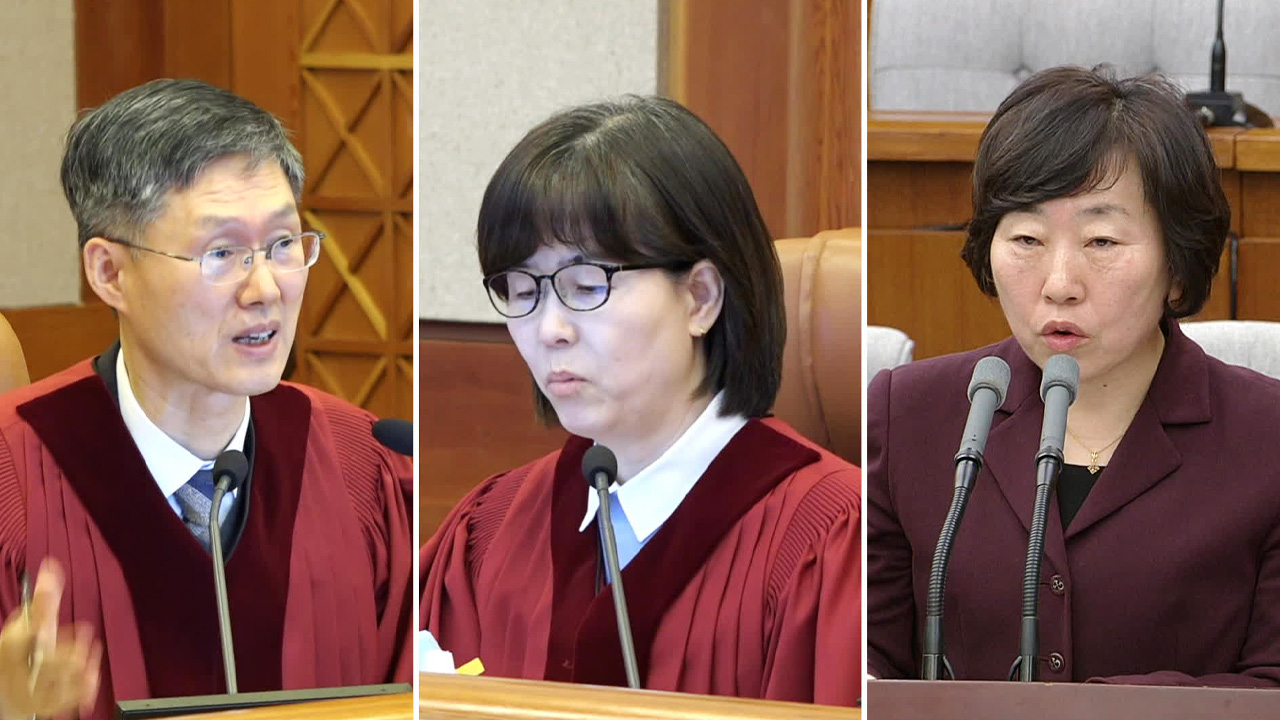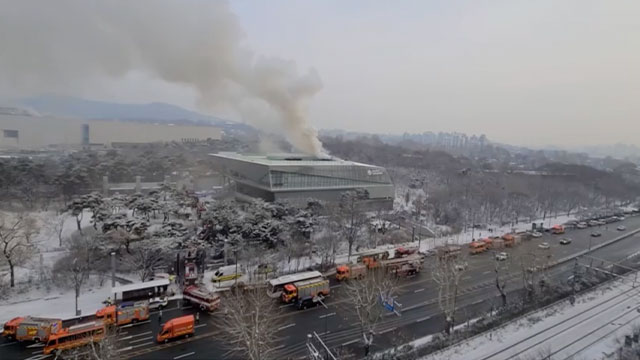Japan fails to reflect forced labor
입력 2025.02.01 (23:43)
읽어주기 기능은 크롬기반의
브라우저에서만 사용하실 수 있습니다.
[Anchor]
The site where Koreans were forcibly taken for labor, known as Hashima Island or Battleship Island, was registered as a UNESCO World Heritage site 10 years ago.
At that time, Japan promised to inform the public about its entire history, including its dark past, but that promise has still not been fulfilled.
This was also the case in the compliance report submitted to UNESCO at the end of last year.
Choi Young-yoon reports.
[Report]
Hashima Island, also known as Battleship Island, is located near Nagasaki Port in Japan and was home to an underwater coal mine.
During the Japanese colonial period, many Koreans were forcibly mobilized for labor, resulting in the deaths of 122 individuals.
In 2015, Japan registered it as a UNESCO World Heritage site to commemorate the Industrial Revolution, promising to inform the public about the "entire history."
[Sato Kuni/Japan's Ambassador to UNESCO in 2015: "A large number of Korean and others who were brought against their will and forced to work under harsh conditions..."]
However, in 2020, not only did Japan establish an "information center" in Tokyo rather than Hashima Island, but their promise was also not fulfilled.
Our demands to exhibit testimonies from victims of forced labor and to explain historical facts have repeatedly been ignored.
The same was true in the compliance report submitted by Japan to UNESCO at the end of last year.
It merely stated that they would collect and preserve materials to help understand the numerous Koreans who were forcibly mobilized and worked under harsh conditions.
The request to remove materials claiming that the Japan-Korea forced annexation was legal from the information center was also not accepted.
The Ministry of Foreign Affairs expressed regret once again over the failure to faithfully implement the repeated decisions of the World Heritage Committee and the follow-up actions promised by Japan itself.
From the disruption of the memorial service for Sado Mine to the issue of Hashima Island.
Japan's attitude of ignoring promises made before the registration of cultural heritage after the registration continues.
This is KBS News, Choi Young-yoon.
The site where Koreans were forcibly taken for labor, known as Hashima Island or Battleship Island, was registered as a UNESCO World Heritage site 10 years ago.
At that time, Japan promised to inform the public about its entire history, including its dark past, but that promise has still not been fulfilled.
This was also the case in the compliance report submitted to UNESCO at the end of last year.
Choi Young-yoon reports.
[Report]
Hashima Island, also known as Battleship Island, is located near Nagasaki Port in Japan and was home to an underwater coal mine.
During the Japanese colonial period, many Koreans were forcibly mobilized for labor, resulting in the deaths of 122 individuals.
In 2015, Japan registered it as a UNESCO World Heritage site to commemorate the Industrial Revolution, promising to inform the public about the "entire history."
[Sato Kuni/Japan's Ambassador to UNESCO in 2015: "A large number of Korean and others who were brought against their will and forced to work under harsh conditions..."]
However, in 2020, not only did Japan establish an "information center" in Tokyo rather than Hashima Island, but their promise was also not fulfilled.
Our demands to exhibit testimonies from victims of forced labor and to explain historical facts have repeatedly been ignored.
The same was true in the compliance report submitted by Japan to UNESCO at the end of last year.
It merely stated that they would collect and preserve materials to help understand the numerous Koreans who were forcibly mobilized and worked under harsh conditions.
The request to remove materials claiming that the Japan-Korea forced annexation was legal from the information center was also not accepted.
The Ministry of Foreign Affairs expressed regret once again over the failure to faithfully implement the repeated decisions of the World Heritage Committee and the follow-up actions promised by Japan itself.
From the disruption of the memorial service for Sado Mine to the issue of Hashima Island.
Japan's attitude of ignoring promises made before the registration of cultural heritage after the registration continues.
This is KBS News, Choi Young-yoon.
■ 제보하기
▷ 카카오톡 : 'KBS제보' 검색, 채널 추가
▷ 전화 : 02-781-1234, 4444
▷ 이메일 : kbs1234@kbs.co.kr
▷ 유튜브, 네이버, 카카오에서도 KBS뉴스를 구독해주세요!
- Japan fails to reflect forced labor
-
- 입력 2025-02-01 23:43:35

[Anchor]
The site where Koreans were forcibly taken for labor, known as Hashima Island or Battleship Island, was registered as a UNESCO World Heritage site 10 years ago.
At that time, Japan promised to inform the public about its entire history, including its dark past, but that promise has still not been fulfilled.
This was also the case in the compliance report submitted to UNESCO at the end of last year.
Choi Young-yoon reports.
[Report]
Hashima Island, also known as Battleship Island, is located near Nagasaki Port in Japan and was home to an underwater coal mine.
During the Japanese colonial period, many Koreans were forcibly mobilized for labor, resulting in the deaths of 122 individuals.
In 2015, Japan registered it as a UNESCO World Heritage site to commemorate the Industrial Revolution, promising to inform the public about the "entire history."
[Sato Kuni/Japan's Ambassador to UNESCO in 2015: "A large number of Korean and others who were brought against their will and forced to work under harsh conditions..."]
However, in 2020, not only did Japan establish an "information center" in Tokyo rather than Hashima Island, but their promise was also not fulfilled.
Our demands to exhibit testimonies from victims of forced labor and to explain historical facts have repeatedly been ignored.
The same was true in the compliance report submitted by Japan to UNESCO at the end of last year.
It merely stated that they would collect and preserve materials to help understand the numerous Koreans who were forcibly mobilized and worked under harsh conditions.
The request to remove materials claiming that the Japan-Korea forced annexation was legal from the information center was also not accepted.
The Ministry of Foreign Affairs expressed regret once again over the failure to faithfully implement the repeated decisions of the World Heritage Committee and the follow-up actions promised by Japan itself.
From the disruption of the memorial service for Sado Mine to the issue of Hashima Island.
Japan's attitude of ignoring promises made before the registration of cultural heritage after the registration continues.
This is KBS News, Choi Young-yoon.
The site where Koreans were forcibly taken for labor, known as Hashima Island or Battleship Island, was registered as a UNESCO World Heritage site 10 years ago.
At that time, Japan promised to inform the public about its entire history, including its dark past, but that promise has still not been fulfilled.
This was also the case in the compliance report submitted to UNESCO at the end of last year.
Choi Young-yoon reports.
[Report]
Hashima Island, also known as Battleship Island, is located near Nagasaki Port in Japan and was home to an underwater coal mine.
During the Japanese colonial period, many Koreans were forcibly mobilized for labor, resulting in the deaths of 122 individuals.
In 2015, Japan registered it as a UNESCO World Heritage site to commemorate the Industrial Revolution, promising to inform the public about the "entire history."
[Sato Kuni/Japan's Ambassador to UNESCO in 2015: "A large number of Korean and others who were brought against their will and forced to work under harsh conditions..."]
However, in 2020, not only did Japan establish an "information center" in Tokyo rather than Hashima Island, but their promise was also not fulfilled.
Our demands to exhibit testimonies from victims of forced labor and to explain historical facts have repeatedly been ignored.
The same was true in the compliance report submitted by Japan to UNESCO at the end of last year.
It merely stated that they would collect and preserve materials to help understand the numerous Koreans who were forcibly mobilized and worked under harsh conditions.
The request to remove materials claiming that the Japan-Korea forced annexation was legal from the information center was also not accepted.
The Ministry of Foreign Affairs expressed regret once again over the failure to faithfully implement the repeated decisions of the World Heritage Committee and the follow-up actions promised by Japan itself.
From the disruption of the memorial service for Sado Mine to the issue of Hashima Island.
Japan's attitude of ignoring promises made before the registration of cultural heritage after the registration continues.
This is KBS News, Choi Young-yoon.
-
-

최영윤 기자 freeyaw@kbs.co.kr
최영윤 기자의 기사 모음
-
이 기사가 좋으셨다면
-
좋아요
0
-
응원해요
0
-
후속 원해요
0















이 기사에 대한 의견을 남겨주세요.